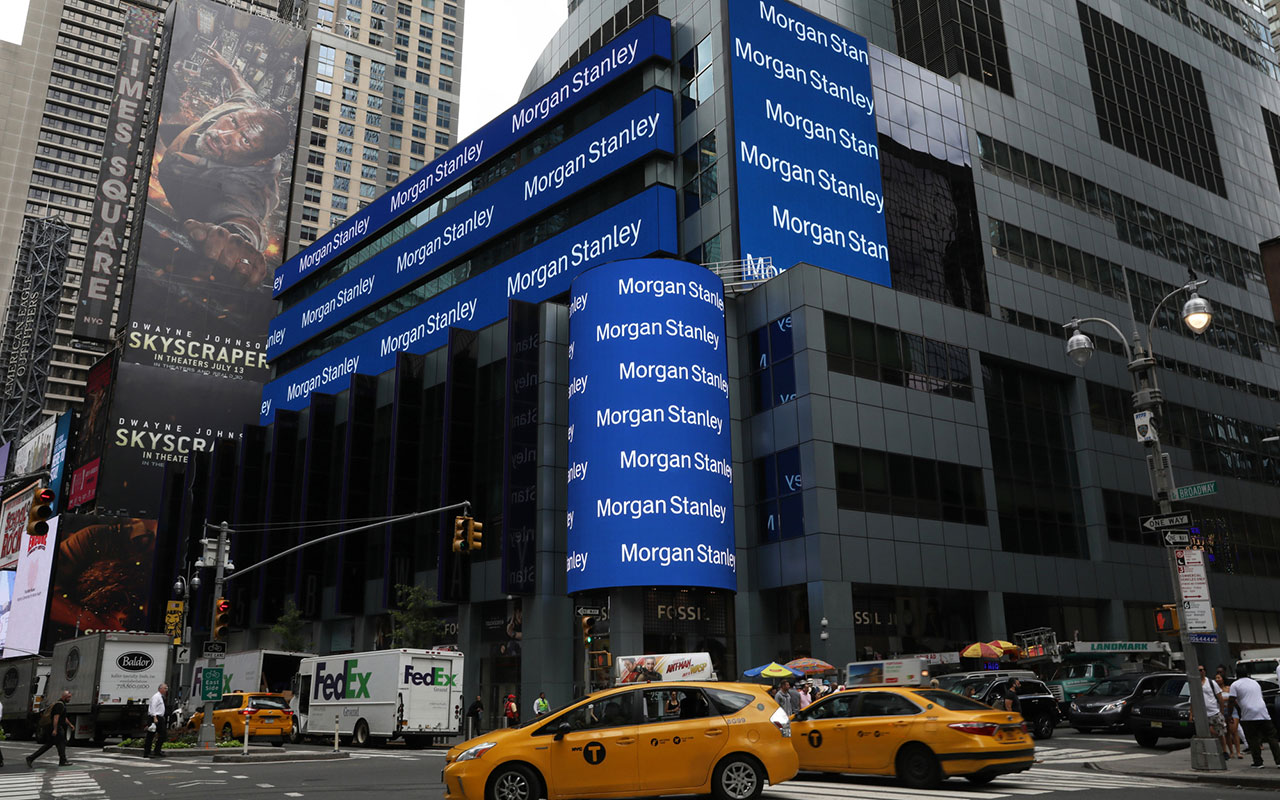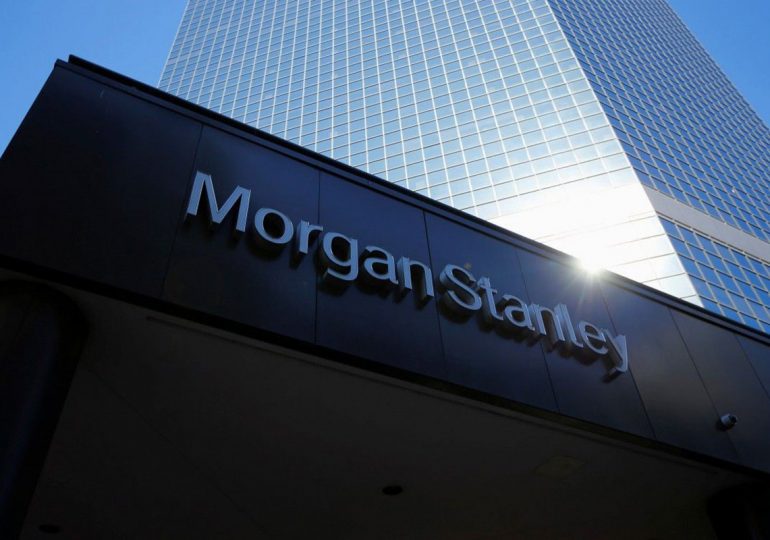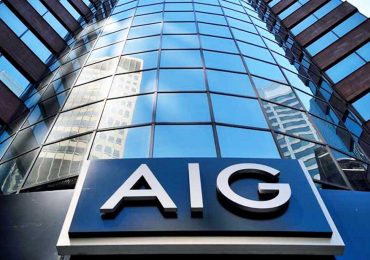Morgan Stanley bank: from subsidiary to world leader
Today, American Bank Morgan Stanley is one of the largest in the world. Moreover, it is a leader in providing clients with brokerage services, which brings the main income of the financial organization. It is hard to believe that the history of the institution began with the secondary role of another giant in the industry. Morgan Stanley emerged from the USA legislation of 30s of XX century.
How Morgan Stanley bank developed
In 1933, the USA government approved Glass-Steagall Act. According to the provisions of the document, commercial banks were forbidden to conduct investment activities. For this reason, organization J. P. Morgan was forced to make changes in the structure. In particular, the department responsible for making investments in various projects was turned into a specialized bank. Name Morgan Stanley was chosen for the newly formed company. The institution was opened in 1935.
Already in 1936, the company entered the top 10 investment companies in the United States, its share in the IPO market was 25%. Further success of the bank was promoted by introduction of modern technologies. In particular, in 1964, the organization developed a computer model that allows analyzing movements in the stock markets.
1967 was marked by the first attempt to exit the financial company in Europe. Then there was a representation of the organization in France. At the same time, Morgan Stanley completed the purchase of Brooks, Harvey & Co, which allowed the institution to work with real estate.
70s of the twentieth century were marked for the company a large number of transactions for the purchase and merger with other companies. At the same time, the organization began work in the field of exchange trade. The bank acquired public status in 1986, when it held an initial placement of securities.

However, there were negative moments in the history of Morgan Stanley. In 1997 the company completed the merger with Dean Witter and Discover Bank. Experts warned the bank against such a path, but the management still carried out the transaction. As a result, the financial organization was deprived of the status of “blue chip”. Shares of companies of this kind are considered to be the most highly liquid and reliable. For some time Morgan Stanley left the elite.
Another black page was the terrorist attack 9/11. In one of the buildings of the business center, attacked in 2001, there was an office of the company, which occupied 12 floors.
In 2007, the financial institution declared losses of $9 billion due to the crisis in the US securities market. The global financial crisis of 2008 almost led to the complete collapse of Morgan Stanley. The company was heavily dependent on the stable operation of hedge funds. In total, investors withdrew $ 128 billion from the institution, and only a loan from the Federal reserve in the amount of $ 107 billion saved the bank from bankruptcy. After these events, the organization was transformed into a traditional banking corporation under the management of the FRS. This decision effectively invalidated the operation of Glass—Steagall Act.
To date, Morgan Stanley has 1,300 offices in 42 states. The bank provides services of management of shares of companies, capital of individuals, as well as specializes in investment management.






